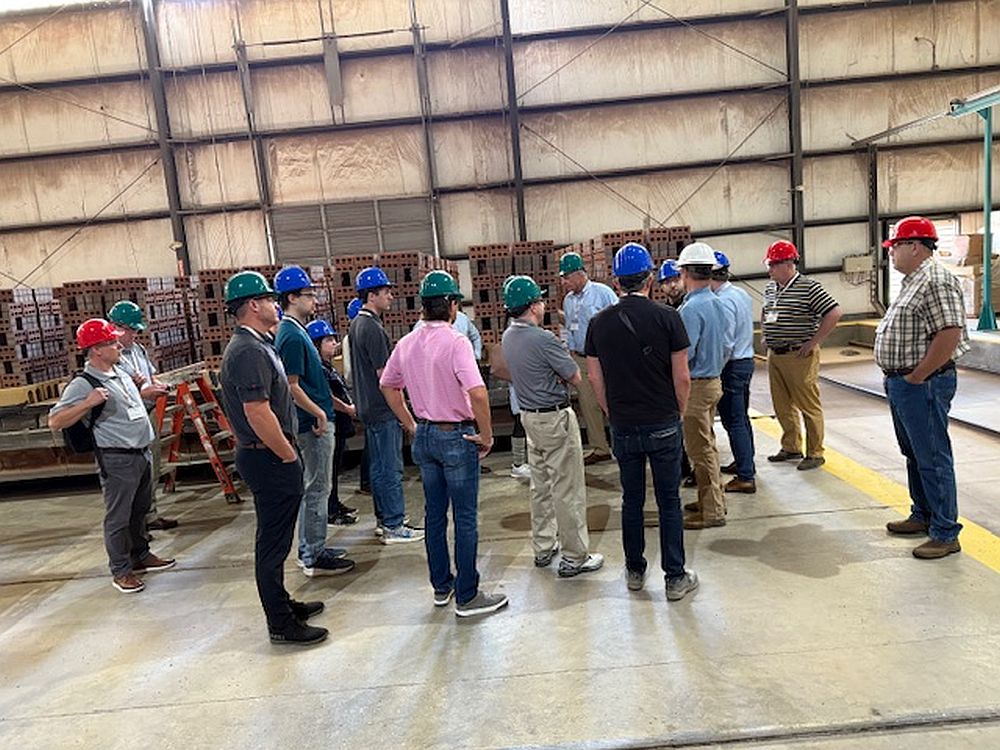![]()
[Image above] SEM images of a cross-sectional view of an ice-templated porous silicon structure (a–d) perpendicular to the freezing direction and (e–f) parallel to the freezing direction. Credit: Kim and Kim, International Journal of Applied Ceramic Technology
Valued for their light weight and temperature and chemical resistance, ceramics with controlled and reproducible porosity enable a wide range of technological advancements.
Perhaps the most well-known example of a porous ceramic is the extruded honeycomb catalyst supports sold on every automobile sold in the U.S. beginning with the 1975 model year.
Beyond this important—and lucrative—device, ceramics and (more recently) glasses with well-defined porous micro- and macrostructures are being developed and employed in filtration and purification, catalysis, power generation, and medical and drug delivery devices.
One key to the rapid growth of porous ceramics is the development of low-cost and reproducible fabrication methods that provide the ability to tailor structural parameters and provide optimized performance characteristics for each application. This month’s ACT @ 20 highlights but a few of the many processing method and parametric studies of the past 20 years.
Francesco Baino and his international collaborators provide an excellent overview of porous ceramic and glass fabrication methods. Though the application area of this article is bioactive glass scaffolding, the topics raised are generally applicable to other materials and applications.
They begin by discussing traditional fabrication methods, such as using foaming agents and pore-formers. The traditional methods essentially use a secondary phase to create the desired structure. The second phase can be comprised of sacrificial organics that are burned off during sintering; water or other solvents removed via freeze drying; or thermally or chemically driven phase separation.
The researchers also discuss chemical driving forces and kinetics involved in sintering of glass and ceramics to arrive at the final structural and mechanical parameters. They end by describing more recent advanced additive manufacturing techniques.
Lidia Ciolek and colleagues approached biological applications exploring a host of bioactive glass/polymer composite materials and compositions and their reactions in simulated body fluid. They used sol-gel fabrication methods to create the porous bioactive glass particles of different compositions.
These particles were mixed into biocompatible polymers, polylactates, chitosan, and sodium alginate, which were then lyophilized (freeze dried) to create the final composites. Their key finding is the amount of glass has a substantial effect on microstructure, with larger amounts of glass affecting crystallization of solvents during the freeze-drying stage.
The articles by Kim et al. and Zuo et al. discuss the use of freeze-casting to develop porous silicon nitride and yttrium stabilized zirconia, respectively.
In freeze-casting, slurries, typically water-based, are poured into molds and freeze-dried. During the freezing phase, the slurry disassociates, and the resultant ice creates the pore structures. The ice is removed via sublimation by lowering the atmospheric pressure.
These researchers found that stability of the slurries prior to and during the freezing stage dramatically affects porosity and pore structure. Zuo found that slurries stabilized with polyvinyl alcohol resulted in finer structure, higher porosity, and (somewhat unintuitively) higher strength.
Kim’s team controlled the pore structure by controlling the rate of freezing, as measured by dendrite growth rate. They found that higher speeds led to a greater number of smaller dendrites, which led to finer pore structures and thus a larger numbers of pore walls, which were thinner. Yet, as with Zuo, the finer pore structure samples demonstrated both higher permeability and higher strength.
The last article this month by Xia et al. focuses on the dielectric properties of a porous composite electronics support. Ideally, the distribution of carbon fibers and pores in a mullite would be homogeneous. In reality, the distribution is not uniform, which leads to frequency dependent dielectric properties and conductivity.
Xia et al., while developing their model to predict these behaviors, found that interfacial parameters, such as electron tunnelling and hoping and carbon interconnectivity, all increase with increasing amounts of carbon fiber, leading to higher permittivity and conductivity. They validate their model for electric properties for various fiber contents and explore how varying structure/distribution parameters would affect the properties.
The articles for this month’s ACT @ 20 are below. Please note that they are free to read until the end of August.
Articles for Porous ceramics
Author
Jonathon Foreman
Spotlight Categories
- Journal and Bulletin Updates


